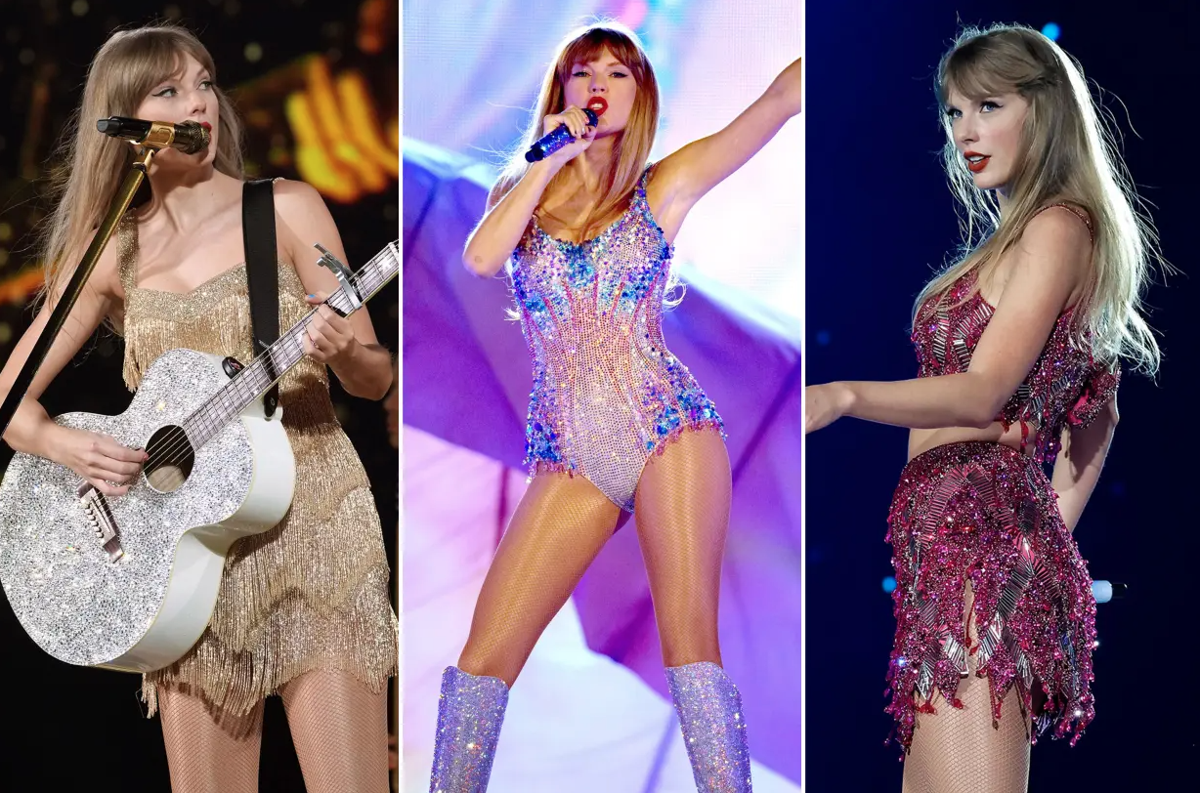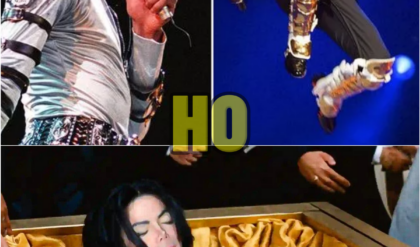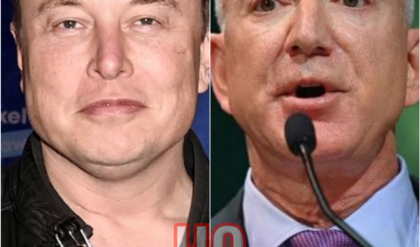Tonight, we tackle a provocative question: Has Taylor Swift been miming during her 2024-2025 World Tour, despite earning over $2 billion in revenue? Hello, Phil here from Wings of Pegasus, bringing you another in-depth analysis video. If you enjoy this content, don’t forget to give it a thumbs up and subscribe.
The controversy began a few months ago when Dave Grohl made a comment during a live performance, insinuating that Taylor Swift wasn’t singing live on her world tour. Naturally, this statement led to a massive backlash from her devoted fanbase. When making such claims, it’s essential to rely on objective data, and that’s exactly what we’re doing today. Without concrete proof, accusations can quickly spiral into accusations of dishonesty or misinformation. So, let’s look at the facts, and I’m going to take you through a detailed analysis to answer whether Taylor is truly singing live or miming.
To do this, I’ve taken one of her popular songs and analyzed multiple live performances from different shows, including Liverpool, Portugal, Tokyo, and a live show excerpt used in a trailer for her World Tour. I’ve isolated the vocals from these performances and run them through pitch monitoring software. This software allows us to analyze the pitch and timing of her vocals millisecond by millisecond, providing objective data to determine if she’s singing live or if the audio is pre-recorded.

Let’s start by listening to how the vocals sound subjectively. Below, you’ll hear multiple performances of the same song layered on top of each other. Pay attention to how the vocals align, and see if you can spot any patterns or repetitions.
As you can hear, the vocals from all these performances are perfectly in sync. Not only are the vocals starting and ending at the exact same time, but the crowd noise in each performance also matches almost identically. At Taylor Swift concerts, the crowds are known for singing along, and that’s another key factor to consider. If you’re comparing vocals with different crowd noises, it makes it even harder for them to line up perfectly—yet, that’s exactly what’s happening here.
Now, let’s move to a more technical analysis. We’ll zoom in on a particular section where you’ll hear a “plosive” sound, which is an air puff sound created when a singer pronounces certain letters, like “p” or “b.” These plosives are something you wouldn’t hear in a studio recording, but you can hear them clearly in live performances, indicating that these might be live vocals. Listen to this isolated vocal phrase, and you’ll hear the “p” sound at the start of the line.

Notice that we’re hearing the air hitting the mic, which is typical for a live performance. But is this enough to prove that Taylor Swift is singing live? Not necessarily. The vocals may still be mimed to a pre-recorded track with these plosives added for authenticity.
Next, we’ll compare the vocal performance from Liverpool in June with the trailer audio for her tour, which was released as part of a promotional video. Let’s listen carefully.
As we compare the two, we can see an astonishingly close match between the two vocal lines. In fact, they match so perfectly that it’s hard to believe they were performed live. The pitch monitoring software detects no variation in the pitch. The vocal lines align so perfectly that it’s clear this is the same pre-recorded vocal being played back during her performance.

Now, you might think that this could be a coincidence, that the official tour trailer just happened to use the audio from her Liverpool performance. Let’s test that theory by comparing the Liverpool audio with recordings from Tokyo and Portugal. If Taylor is singing live in each of these performances, we should expect to see varying pitch and timing. But that’s not what we see.
When we align the audio from Tokyo and Portugal with the Liverpool performance, the same pitch-perfect alignment appears, even though these performances were months apart in different countries. Look at the graphs in the pitch monitoring software—notice how the vocal lines from each performance overlap exactly. This is impossible unless the same audio file is being played back.
So, what does this mean? The analysis is clear: the vocals being presented at these performances are not live—they are pre-recorded. Taylor Swift is miming to a pre-recorded vocal track during her World Tour, despite the impressive visual performances and elaborate staging.

This raises an important ethical question: Should an artist be charging millions for a ticket to a concert where the primary draw is not the live vocals, but instead the spectacle of the performance? With over $2 billion in revenue from this tour, it’s clear that Taylor Swift’s concerts are a massive commercial success, but is it fair for fans to pay top dollar to see a show where the vocals are pre-recorded?
It’s a subjective issue, and opinions will vary. Some fans might be perfectly happy paying for the entire experience, including the choreography, the visuals, and the production value. Others may feel misled, believing they are attending a live concert with real-time singing.
To sum up, we have now proven, through objective data, that Taylor Swift is miming to pre-recorded vocals during her 2024-2025 World Tour. Whether this is acceptable to fans or not is open to debate. But one thing is clear: the success of this tour, in terms of ticket sales and revenue, highlights just how much fans are willing to pay for the experience, even if it’s not completely live.
As always, I’d love to hear your thoughts on this topic. Do you think it’s fair for Taylor Swift to perform in this way? Or do you feel misled by the apparent lack of live vocals? Leave your comments below and keep sending in your suggestions for future analysis videos. If you enjoyed this video, don’t forget to give it a thumbs up and subscribe. I’ll catch you in the next one. Rock on!





